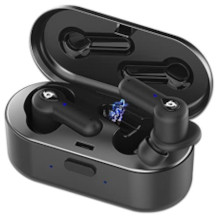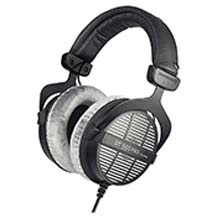Headset purchasing advice: how to choose the right product
- The most important facts in brief
- Headsets are a combination of headphones and microphone that facilitate communication on the PC and smartphone.
- The user has a choice: one ear cup or two, wired or wireless, in the ear, on the ear or surrounding the ear.
- The connection and performance of the headset must be compatible with the end device.
- Wearing comfort is particularly important. Functions such as volume control, mute or a detachable microphone are also useful.
Practical in private life and at work
Headsets are a combination of headphones and a microphone. They make communicating on the PC or smartphone much more pleasant: your hands are free and you can do something else at the same time. Gamers, for example, have the possibility to discuss with their fellow players how they want to proceed. The call centre agent, on the other hand, can easily respond to his customers and take notes at the same time. Private or professional: the headset is a useful accessory for busy, communicative team players.
The areas of application of headsets
Headsets offer many possible applications. They are used particularly often in the gaming sector, in various professions and generally for telephone calls.
Gaming headset
Gaming headsets are one of the most popular types. Both professionals and hobby gamers like to use them to communicate better with their fellow gamers while playing. The chat function simply cannot keep up with the high speed of the game. In addition, some games are designed in such a way that opponents can give themselves away by even the smallest sounds such as rustling.
Headsets at work
In professional life, headsets prove to be practical for all those who regularly make phone calls. This way, they don’t have to awkwardly clamp the phone between their shoulder and ear to note down relevant points. Call centre agents in particular use headsets during work. But other occupational groups such as professional drivers, tourist guides or security services also benefit from the communication possibilities offered by a suitable headset.

Headsets for telephoning
Headsets can also be used for telephoning in general. When you are out and about – perhaps on the way to your next appointment or because you need some fresh air in between – it is very practical to have both hands free. Sporting activities such as jogging or cycling are much more enjoyable with headsets. If you get a call, you might have to interrupt activities if you are not wearing a headset. Cycling in particular is difficult with a phone in your hand. A headset is also useful for internet telephony, for example via Skype. You can talk comfortably with people from all over the world without paying high fees.

Neal Armstrong and the headset
Neal Armstrong is said to have worn a Plantronics headset when he became the first man to walk on the moon. It is unlikely that his words: “That’s one small step for a man, but one giant leap for mankind” would ever have gone down in history without this headset.
Advantages and functionality of headsets
Headsets are versatile, both professionally and privately. They leave your hands free for other activities: You are more effective in your professional and private life and have more time for other things. With hands-free functions, this is also possible in principle. However, if you use them, you are confronted with background noise and must also reckon with bystanders disturbing the conversation. With the microphone on the headset, the person you are talking to also understands you much better than with a hands-free system. Unlike a built-in microphone in a laptop, the headset does not transmit fan, hard drive and keyboard noise.
Depending on the model, installing a headset is either very simple or not even necessary. So-called plug-and-play headsets connect to the PC without any driver installation or settings. Another advantage is the sound quality. In contrast to the built-in microphone on a computer, for example, it is potentially much better.
How does a headset work?
Every headset consists of two units: Loudspeaker and microphone. In the loudspeaker, low-frequency alternating current causes a magnetic coil to vibrate. The coil is connected to a diaphragm so that the vibrations also affect the diaphragm and become audible. The incoming sound signals determine the frequency of the vibrations. The microphone records the voice and transmits it to the receivers. For this purpose, it converts the mechanical sound waves of the voice into electrical energy, which it transports to the receiver via the Internet or the mobile phone network. The receiver perceives the energy as audible vibrations.
Small, bigger, biggest: The types of headset
In principle, headsets can be roughly distinguished by one characteristic: Whether the headphone cups are attached to a bracket or not.
In-ear headsets
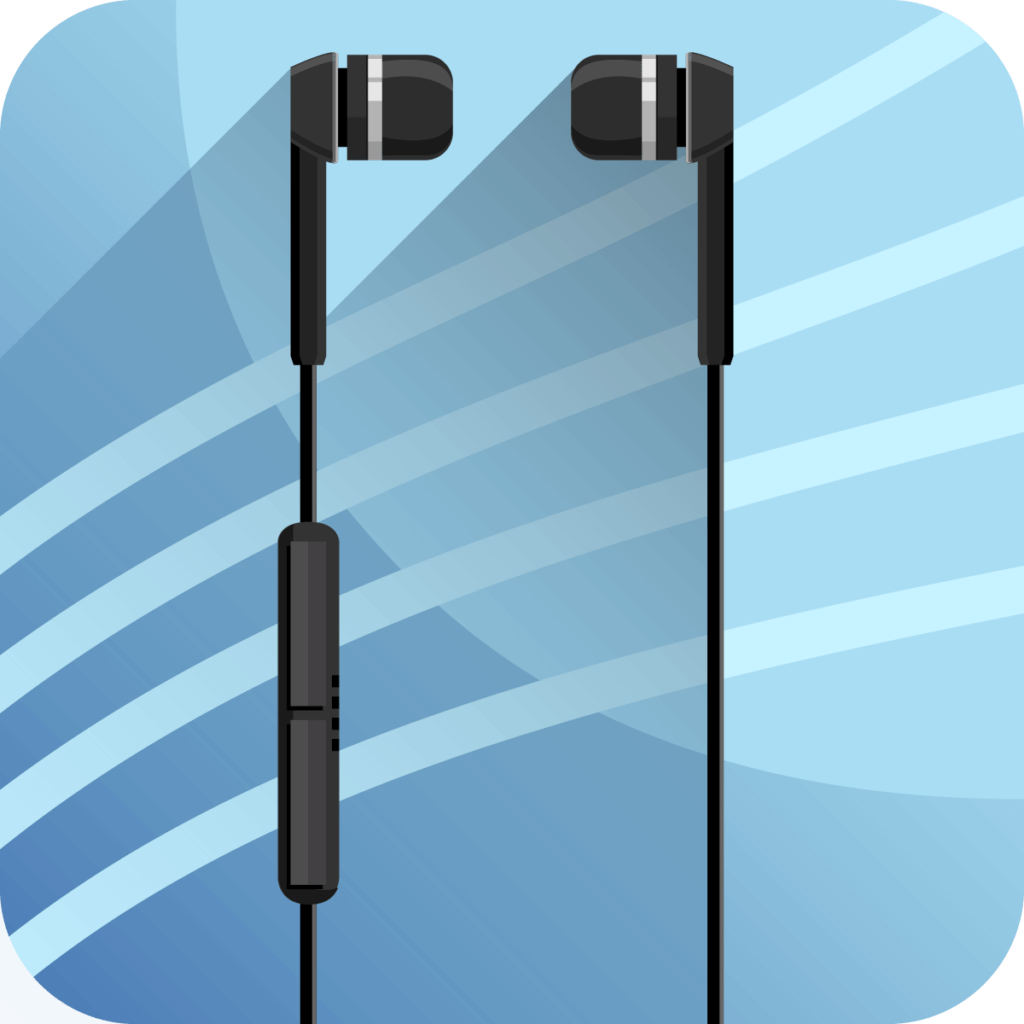
Headsets without a headband are so-called in-ear headsets, i.e. the earplugs that you wear directly in your ear. They are sometimes called intraaural. In-ear headsets are small, light and space-saving. This makes them very suitable for on the go: for phone calls with one earbud, for music with two. The microphone is located directly on the cable. A model with two ear plugs also muffles ambient noise.
Headphones with a headband: available in different versions
Headphones with a headband differ in the shape of the ear cups and how they allow sound to pass through. There are on-ear and over-ear headsets, each of which can have a closed, semi-open or open design.
On-ear headsets
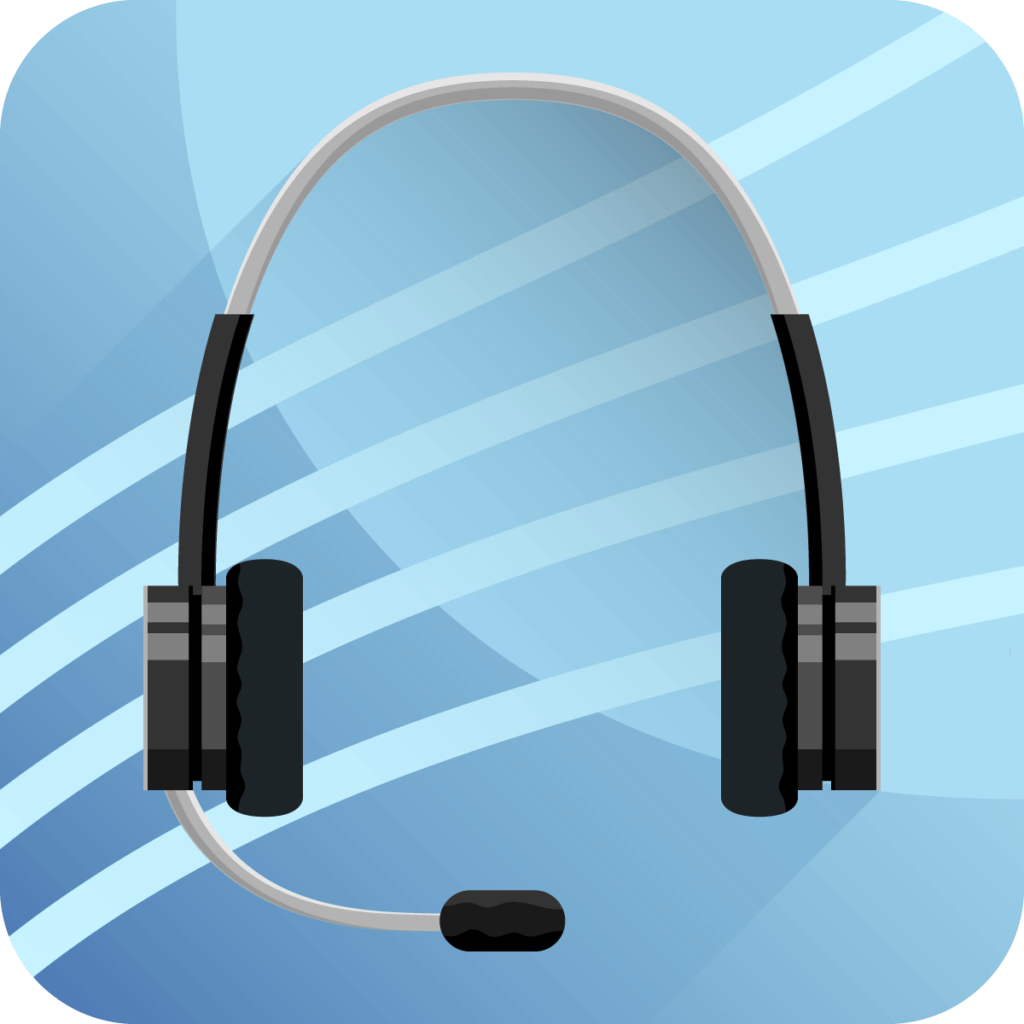
On-ear headsets have a headphone cup that sits directly on the ear. This design allows only very muffled ambient noise to pass through. Most on-ear headsets have an open or semi-open design. In open headsets, the ear cups are permeable to air. They protect the ears from ambient noise only to a limited extent: the other person hears the sounds and the user hears the surroundings. However, this variant allows for a natural sound image and a very good spatial representation. Semi-open headsets allow air and sound through to a limited extent and thus represent an intermediate form between open and closed headsets.
Over-ear headsets
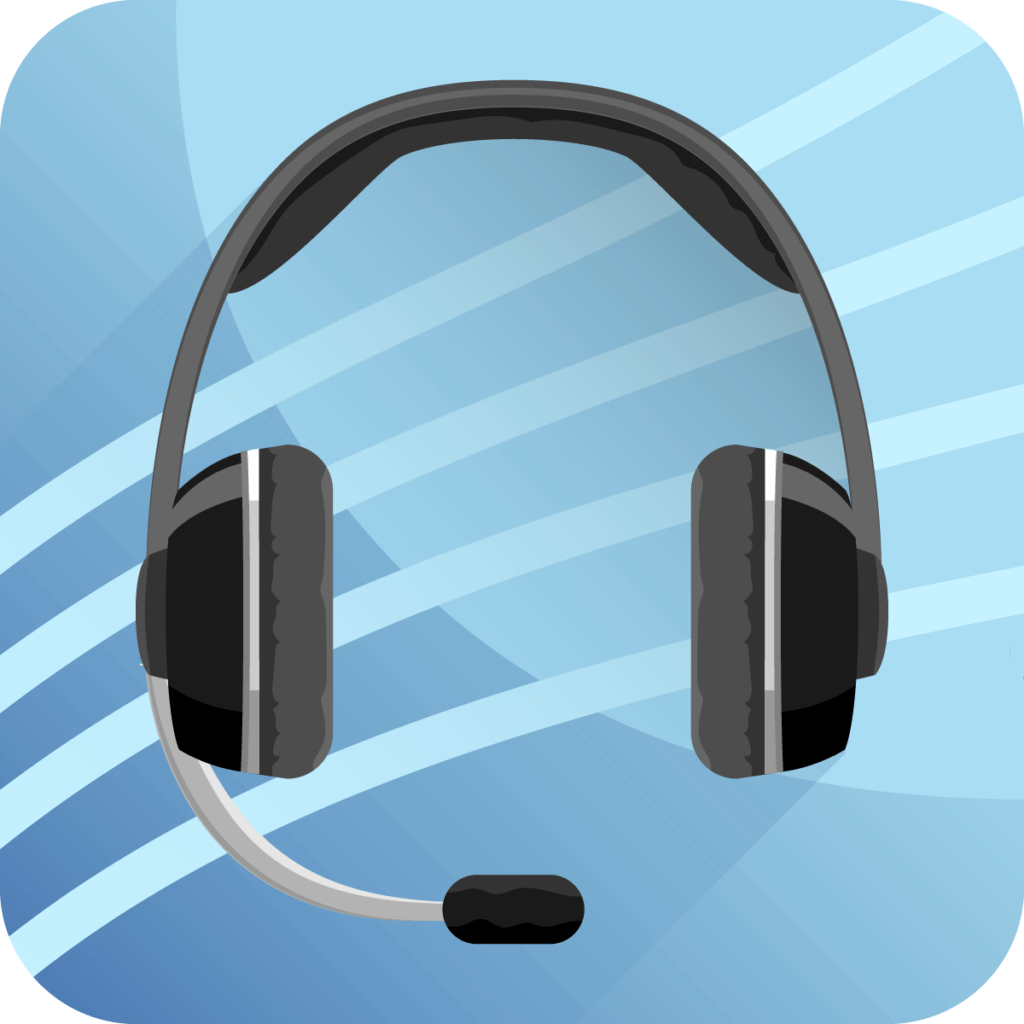
Over-ear headsets support the strong attenuation of closed headsets through the shape of the headphone cups. They enclose the entire ear. In addition, the pressure on the ears is distributed evenly, making them very comfortable to wear. Although over-ear headsets are rather impractical when you are on the move due to their size, they score points with their intensive sound reproduction. This allows you to concentrate fully on music, a game or a film. The bass reproduction in particular is one of the strengths of the over-ear variant.
What are closed headsets?
Many users often use the term “closed headsets” congruently with the term over-ear headsets. However, closed on-ear headsets also exist, just as there are open over-ear headsets. In general, the ear cups of closed headsets are designed in such a way that they let little sound through. Neither what is heard nor the ambient noise penetrates strongly. Since the user thus only perceives their own body sound, their voice also sounds different to them, which takes some getting used to for many users at first. In addition, closed headphones hardly allow any air to reach the ears, so that the user quickly sweats under the ear pads.
The number of headphone cups
Not every headset with a headband is equipped with two headphone cups. Instead, the models with a headband can be divided into monoaural and binaural headsets:
Monoaural headset
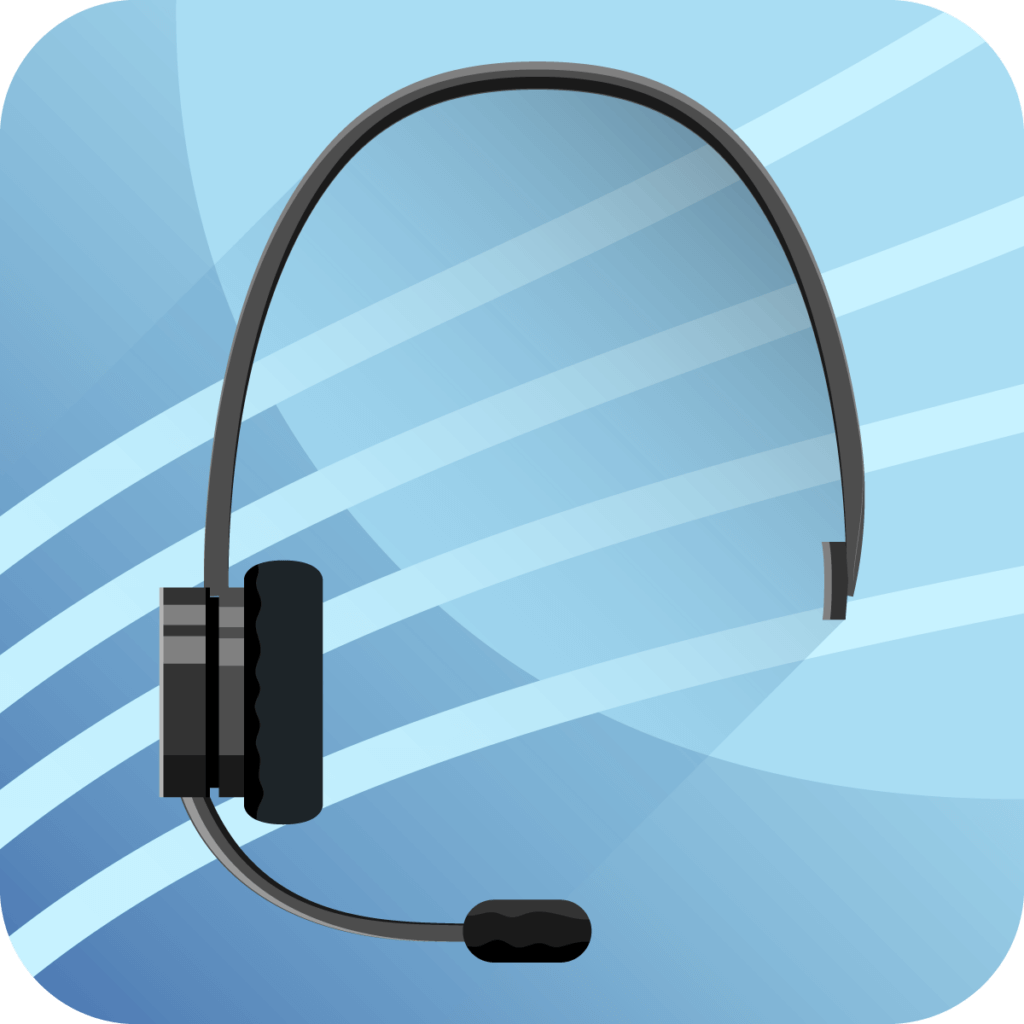
So-called monoaural headsets have only one headphone cup, the other side of the headband is equipped with a cushion that provides the necessary support. Since monoaural headsets only cover one ear, they are more suitable for telephone conversations than for films, games and music. After all, the user perceives all ambient noise with the free ear, so he or she cannot fully devote themselves to what is being heard. For telephone conversations, on the other hand, the user benefits from the free hands; the telephone is generally held to one ear only.
Binaural headsets
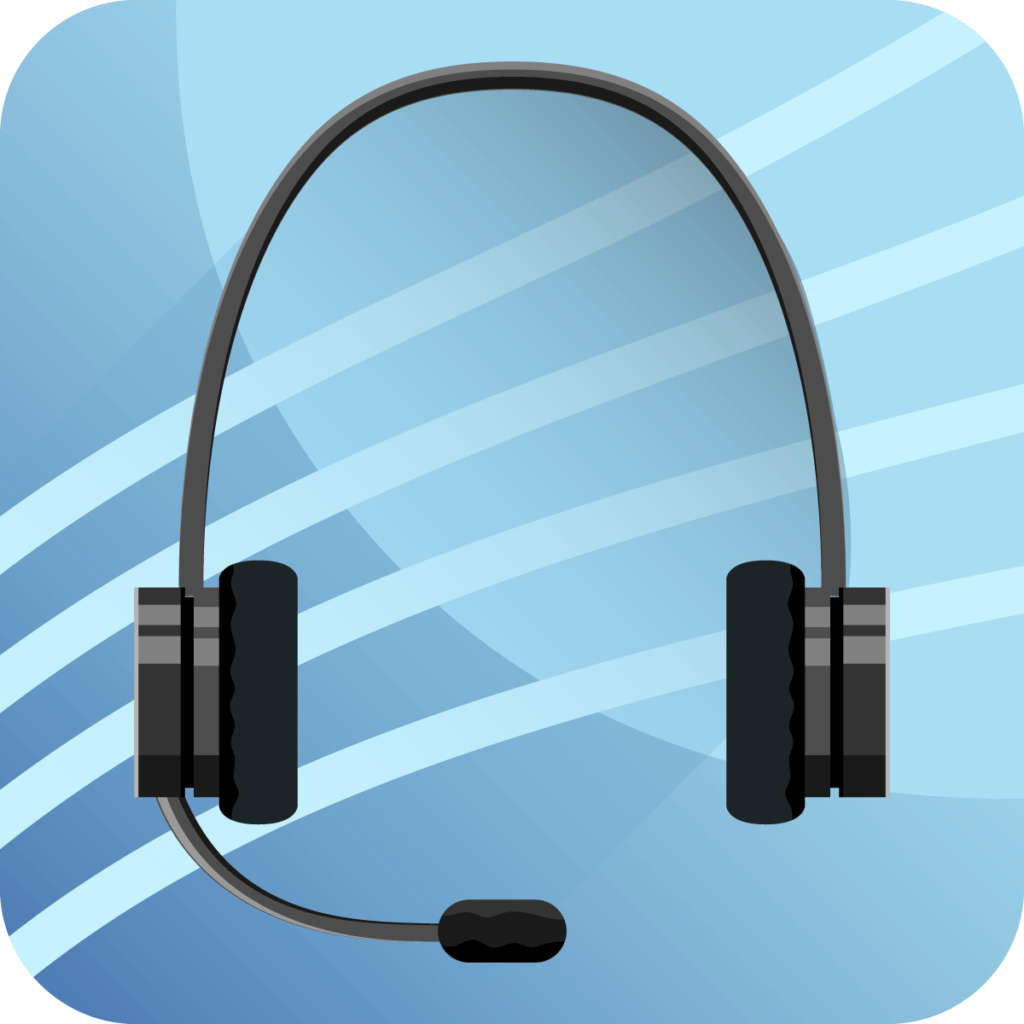
If the device has a headphone cup on each side of the headband, it is also called a binaural headset. They are much more suitable for entertainment – music, films or games – than monaural headsets. The two ear cups generally allow stereo reproduction. Ambient noise is attenuated to different degrees depending on the design, so it is not as distracting as with the monoaural version.
Overview of monaural, binaural and in-ear models
For a better overview, we summarise the most important features of the two binaural versions and the in-ear version in the following overview:
| Monoaural headsets | Binaural headsets | In-ear headsets | |
| Hanger | Headband | Headband | Wireless |
| Design type | A headphone cup, microphone on a hanger | Two earphone cups, microphone on a bracket | One to two earphone cups, microphone on the cable |
| Sound | Mono | Stereo | Stereo or monaural |
| Ambient noise | Clear | Subdued | Muted (with two earbuds) |
| Areas of application | Telephony, call center, hands-free system | Gaming, Music, Movies | Mobile phone on the go |
Rich bass or warm tones: the sound
Which sound a user perceives as good is subjective: some prefer a strong bass, for example, while others prefer warm sounds. Bass-heavy sound profiles emphasise low tones at the expense of higher frequencies, while warm sound profiles emphasise mid and high tones. A neutral sound profile aims for a clean and balanced reproduction. If you want to protect your ears, the neutral version is a good choice.
With the microphone, speech quality is most important, but more so for the listener. When gaming together, a high-quality microphone ensures that your fellow players can hear your voice optimally: Clear, distinct and without distracting background noise.
How important is impedance for the sound experience?
Impedance is the resistance of the headphones in ohms. The higher the impedance, the more energy the end device has to generate to transmit the sound signals. A smartphone generally does not generate as much energy as a PC: headphones with a high impedance sound much too quiet on the smartphone, but wonderful on the PC. So make sure that the impedance of the headset matches the end device you want to use. For smartphones, laptops and other mobile devices, an impedance between 18 and 80 ohms is suitable. For the studio, stereo system or high-end headphone amplifiers, high impedances of 250 ohms or more are ideal.
Frequency
The frequency response is the range in which the headset sounds clear and even. The frequencies audible by humans are between 20 and 20,000 Hz. Manufacturers state the range in the specifications; sometimes the maximum frequency is even greater than 20,000 hearts.
More important than the frequency range, however, is the frequency amplitude: it determines the loudness of a point in the frequency band. If the amplitude of a sound wave increases, the loudness increases. The amplitude of sound values is measured in decibels. Zero decibels correspond to the quietest sound a person can hear. Each increase of ten decibels doubles the volume. If the amplitude of the sound wave is not even, this has a strong effect on the sound quality of the headset.
You cannot tell this gradient by looking at the frequency response: A high frequency response therefore does not necessarily mean that the sound experience is also good. A reliable measurement of the amplitude is only possible under laboratory conditions in an anechoic room, because reflections of sound waves falsify the measurement result. So consumers can only rely on tests.
Ambient sound
Spatial sound, better known as surround sound, gives the listener the feeling of being surrounded by sound.
How is surround sound created in headsets?
Manufacturers largely choose between two methods to simulate surround sound. Full surround sound with at least five speakers is not feasible. In the first method, manufacturers use software to model the incoming sound waves differently. This is either in the driver or in the USB sound chip of the headset; sometimes an external player is necessary. In this way, a virtual surround sound is created. For the second method, manufacturers install several loudspeakers in the ear cups. The spatial sound is supposed to be created by arranging the speakers at certain angles. With this method, however, real surround sound is only possible to a limited extent. Since there is little space in the ear cups, the speakers in question are only small and of limited power. In addition, they are too close together. This second variant is also very rare.
Different types of headset connections
Headsets also differ in the way they are connected to the end device. They are either connected by cable or wirelessly via radio or Bluetooth.
Wired headsets: digital or analogue
When it comes to the wired connections of headsets, you have the choice between analogue and digital models – i.e. a 3.5 millimetre jack connection or a USB connection.
Analogue

The analogue connection type generally works with a 3.5 millimetre jack connection that you plug into the appropriate place on the audio device. The audio device – PC, smartphone, console – takes over the sound refinement. Conventional PCs, for example, use the onboard sound card for this. The number of jack plugs is not uniform. Some models have a three-pole 3.5 millimetre jack for loudspeaker and microphone, others combine the function in a four-pole jack. Still others have other connections for additional features such as bass amplification or surround sound.
Digital
In digital headsets with USB connection, the sound processing happens in the headset itself. This digital sound processing often provides better sound than onboard sound chips. You can easily connect such headsets to your computer via USB. Some products also offer the option of switching on surround sound and different sound profiles.
Which wired connection is better?
Whether an analogue or digital connection is the better choice for you depends on your area of use. For example, if you need a headset for your smartphone, you cannot use a USB connection without an adapter. With a PC, you do not have this restriction. For better sound quality, however, a USB connection is recommended in this case – unless you have an additional high-quality onboard sound card. With consoles, you also have to consider the available connection options. However, you do not necessarily have to choose one type of connection. With many higher-priced headsets, it is now possible to use both connections.
Wireless
There are basically two types of wireless headsets: radio headsets and Bluetooth headsets. They differ from each other in the type of transmission.
Wireless headset
Radio headsets usually establish a wireless connection using a 2.4 gigahertz radio frequency, as this is very stable. For this, the devices need an additional receiver that you have to plug into the end device – a USB radio stick, for example. Because of this stable connection, wireless headsets have a range of more than 20 metres and good sound quality.
Wireless headsets are particularly popular in the gaming sector because they are known for shorter transmission delays than their Bluetooth counterparts. The term “wireless gaming headset” usually refers to a wireless headset with a USB dongle. SteelSeries, for example, has released a wireless gaming headset that you can connect to your smartphone yourself via a USB-C dongle. In principle, however, a wireless headset can be connected to any end device with additional adapters, provided the user wants to spend the money.
Bluetooth headset
Bluetooth is a standardised, digital radio interface. Bluetooth headsets have a shorter range of about ten metres than wireless headsets, but their battery life can be much longer, depending on the model. Bluetooth headsets are compatible with most devices: the technology is now standard on smartphones, computers and more. That is why wireless headsets for smartphones generally use Bluetooth. To guarantee long-term compatibility, we recommend Bluetooth versions from version 4.0 – as long as this version can be used with their end devices. Earlier Bluetooth versions are generally not recommended due to potential security gaps.

Origin of the term: Bluetooth
The term is derived from a Danish king. King Harald Blauzahn – Harald Bluetooth – united hostile parts of Denmark and Norway in the tenth century. The term Bluetooth therefore honours this outstanding communication ability. The Viking king is also reflected in the logo – a compressed version of his initials written in runic script.
Which is better – wireless or wired?
That, too, depends on the end device and area of use – and, of course, on personal preferences. Some gamers swear by the full freedom of movement of wireless gaming headsets, others fear time delays in transmission. But these are hardly noticeable milliseconds. Unlike the Bluetooth headset, however, you don’t need to worry about battery consumption with a wired version. If you have the highest demands on sound and listen to music from high-quality sources such as CDs or FLAC files, you should choose a wired headset. For office or hands-free use, a wireless headset works well because of its range and freedom of movement. This allows you to pursue other activities without being tied to a cable. In addition, the best possible sound quality is not necessary if you use the headset exclusively for making phone calls.
Useful equipment for headsets
Your new headset does not have to have a long list of features. However, a certain basic equipment will noticeably improve your user experience. Fancy additional features and innovations, for example, so-called 7.1 surround sound or a light are not absolutely necessary, but being able to mute the microphone or a simple volume control are very practical functions.
In addition, many manufacturers advertise noise-cancelling technologies in favour of complete noise suppression. However, the implementation varies from headset to headset. Noise-cancelling often means, especially with inexpensive devices, that some frequency ranges that are unusual for human voices are suppressed with electronic filters. However, this is only partially efficient because the technology generally cannot distinguish between the person speaking and other noise sources. Headsets with noise suppression are therefore not absolutely necessary.
If you wear your headset on your head for several hours a day, however, it must above all fit well. No matter how nice it looks, if your ears sweat or the pressure of the ear pads is not optimal, you will not enjoy your product in the long run.
Features for comfortable operation
If you want to operate your headset easily and comfortably, you should not do without aspects such as volume control or mute. With a volume control, you can conveniently adjust the volume – either by means of a cable connection or a control button on the ear. This way, you do not have to call up the volume control on the end device first. This is very practical, especially in gaming, as it disturbs the gameplay less.
Being able to mute the microphone is helpful as soon as other people are in the room. Otherwise, those at the other end will hear what you are discussing with friends, family or work colleagues. Control buttons for playback itself also make operation easier. Together with the volume control and mute function, these are either on a remote control on the cable or directly on the headphone cup.
Practical construction
There are also some features in the construction and design of the headset that can make your life easier. If you use your headset like a classic pair of headphones for listening to music or watching films, a detachable microphone makes it easier to use in everyday life. Otherwise, you will always have the microphone in front of your mouth or turned vertically towards your head, even though you don’t need it at all.
In addition, some devices offer rotating ear cups, others can be folded compactly. Rotating ear cups are used for so-called one-ear monitoring. If you want to listen to a conversation near you, you can rotate one ear cup and listen with the exposed ear. You can then use the other ear to listen to the game, for example. More often, however, you will find headsets that can be folded or unfolded. They are very practical for transporting: the headset is space-saving and fits comfortably in your bag.

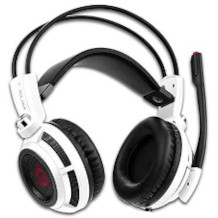
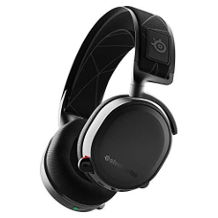
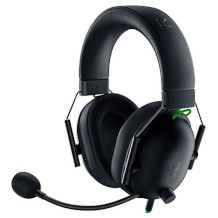
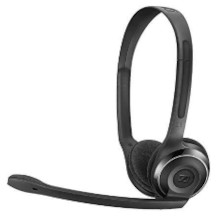
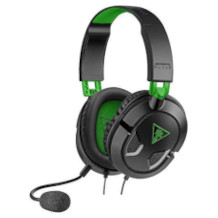


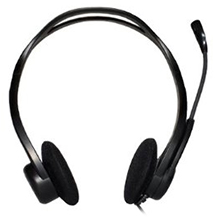
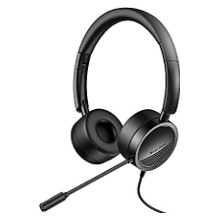
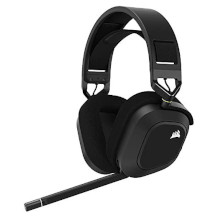
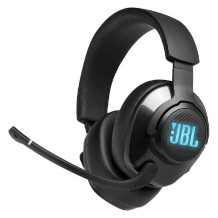
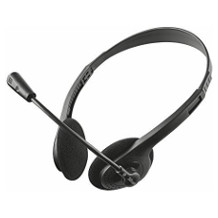
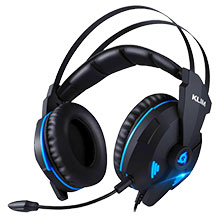

 522 reviews
522 reviews














